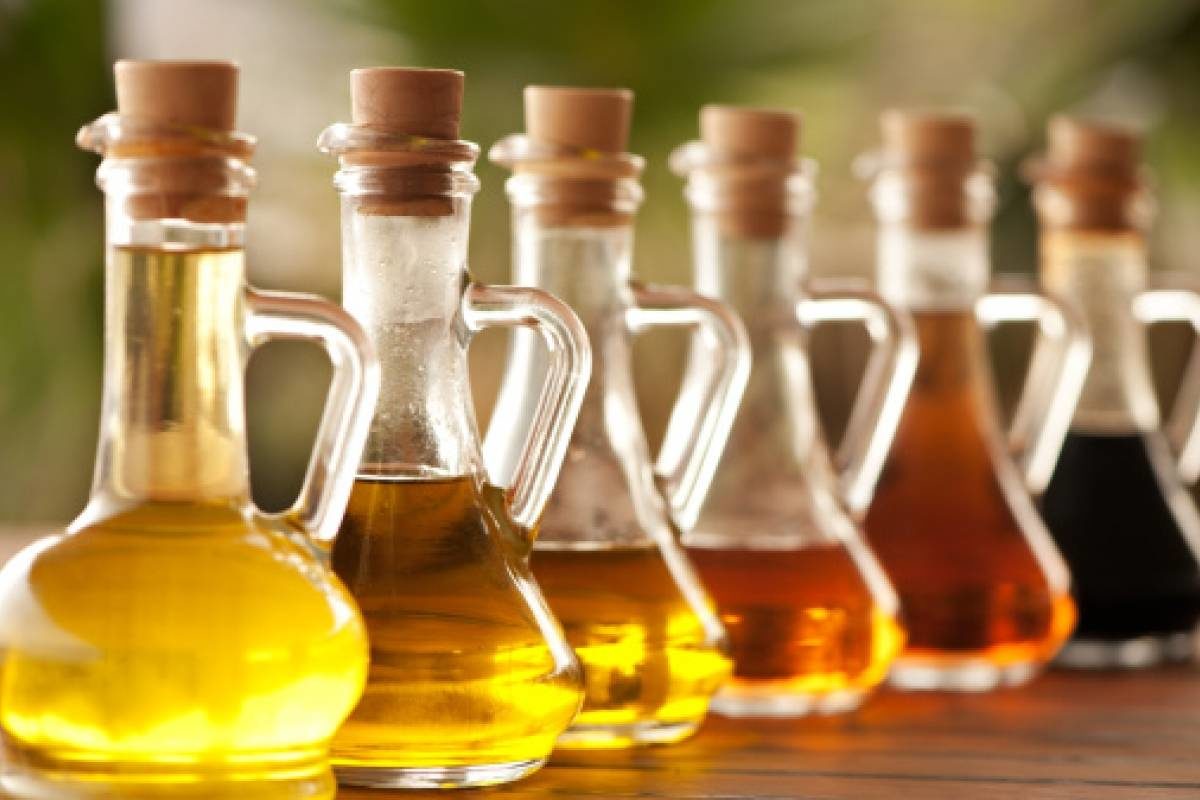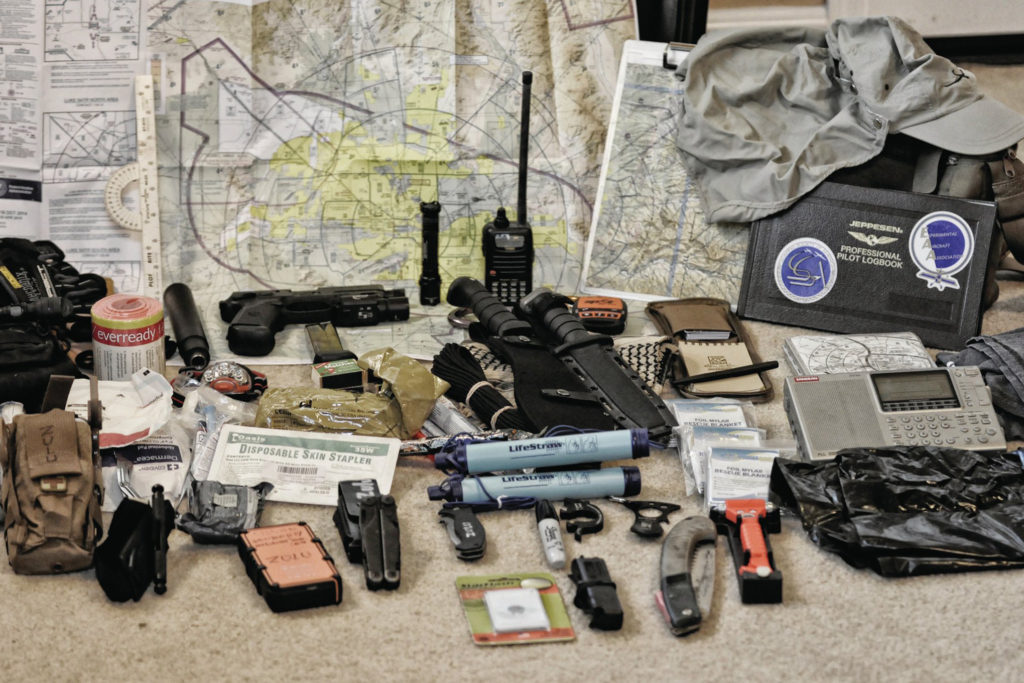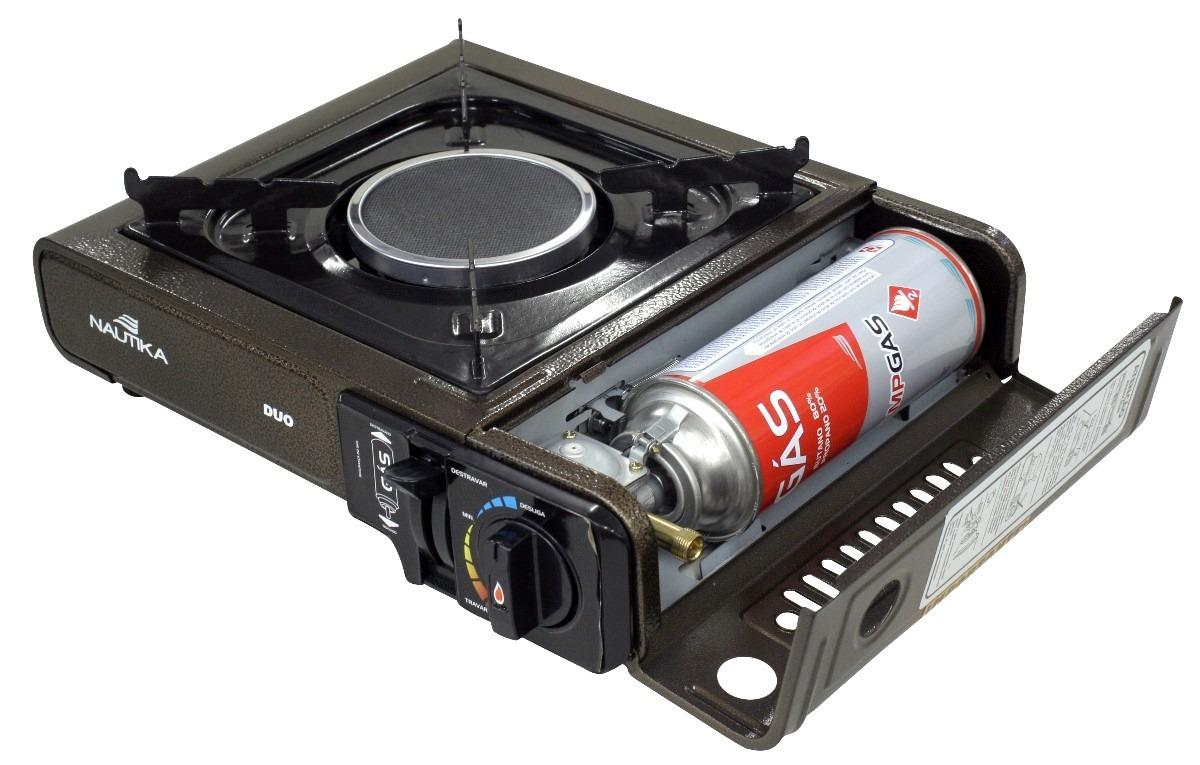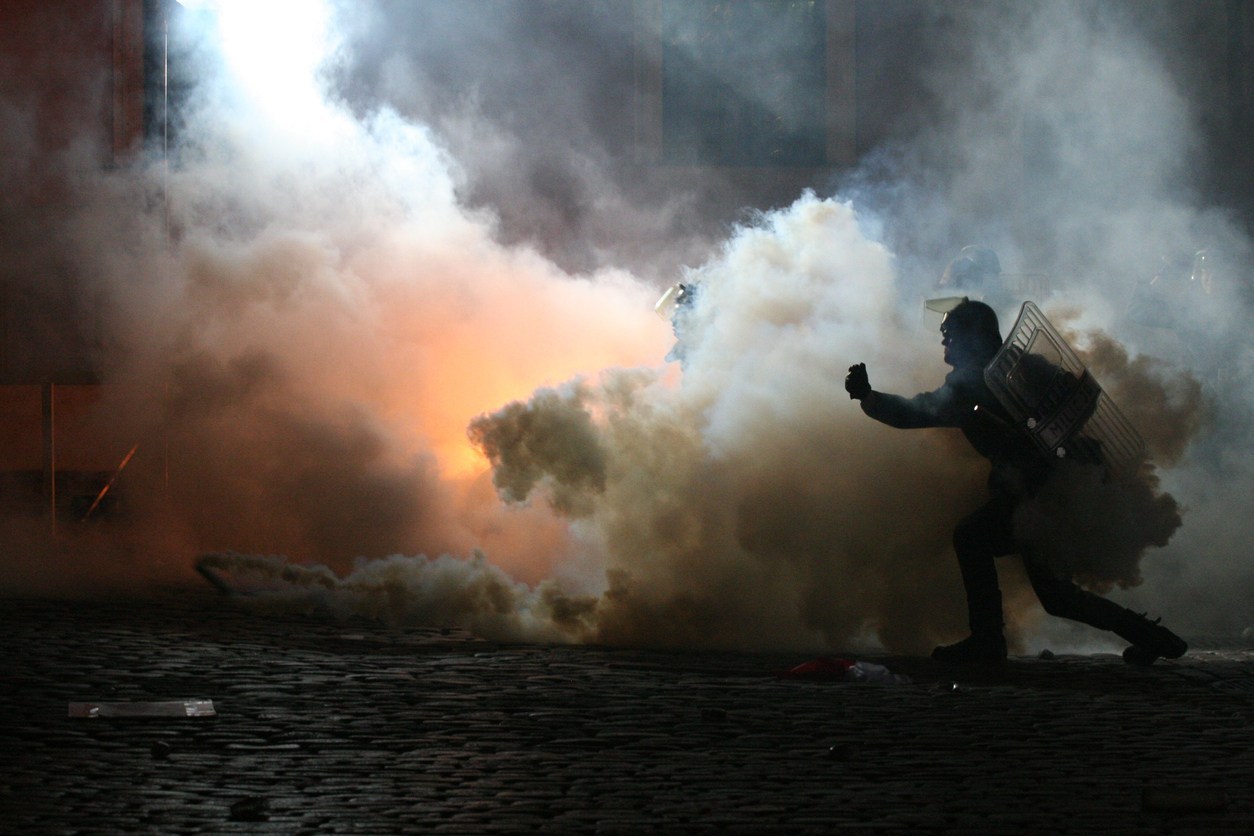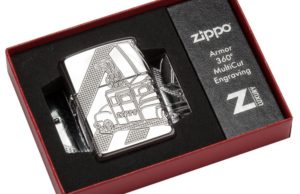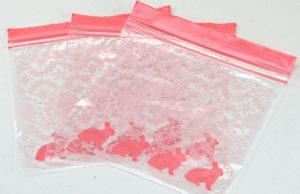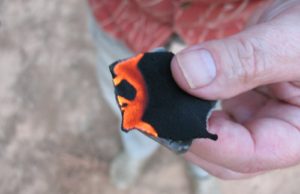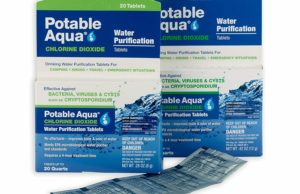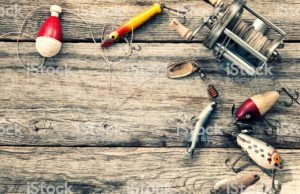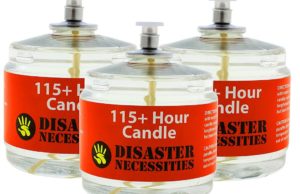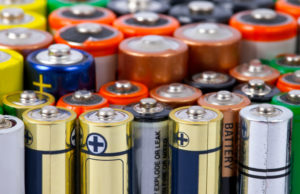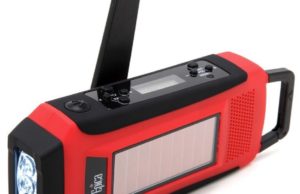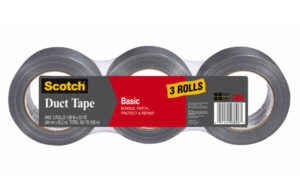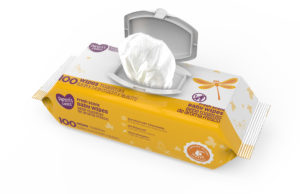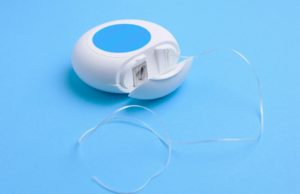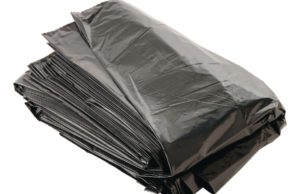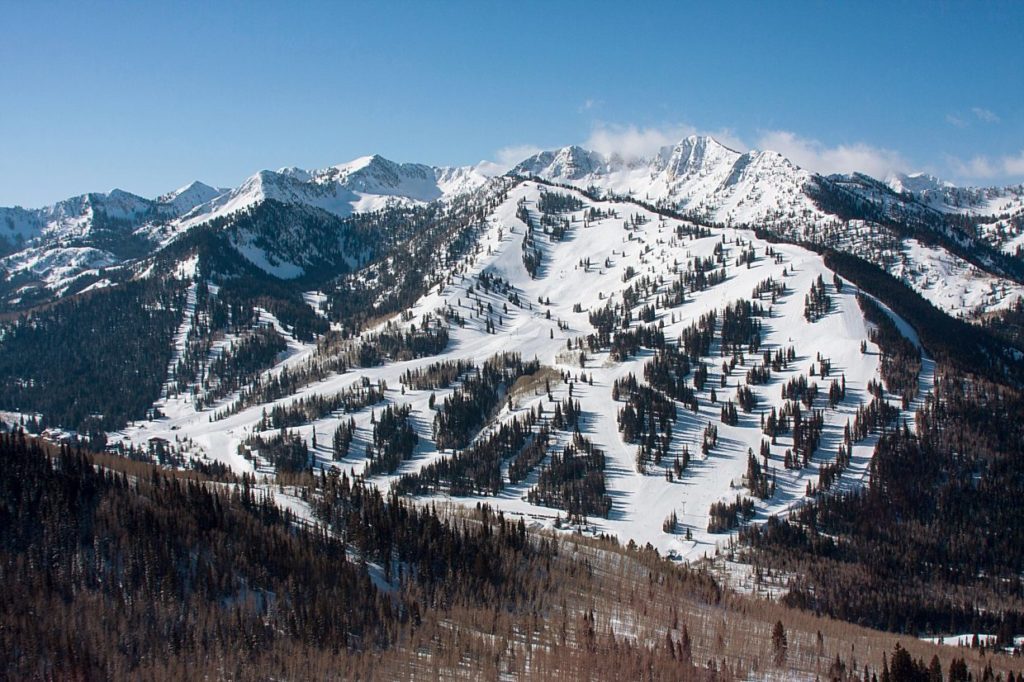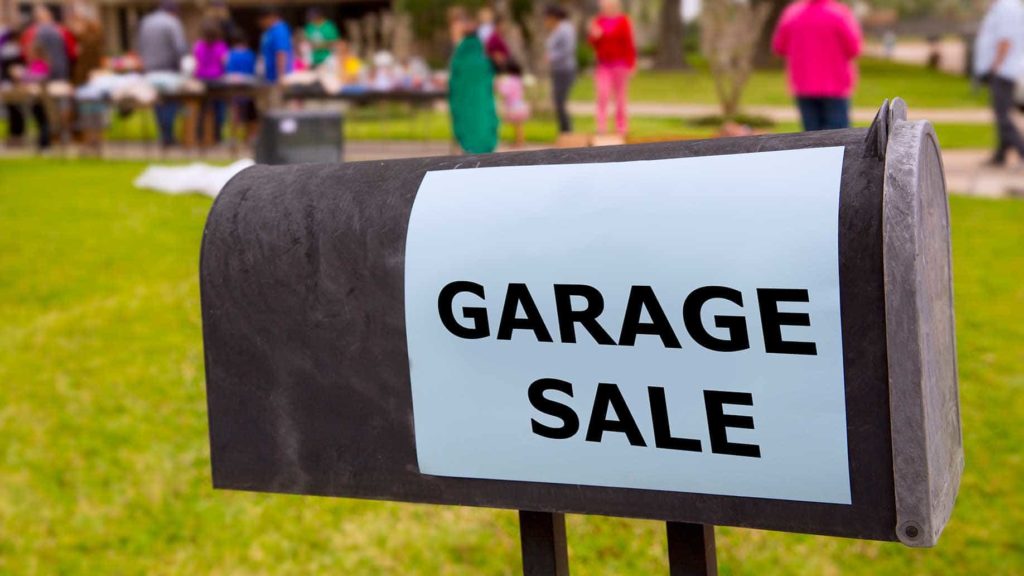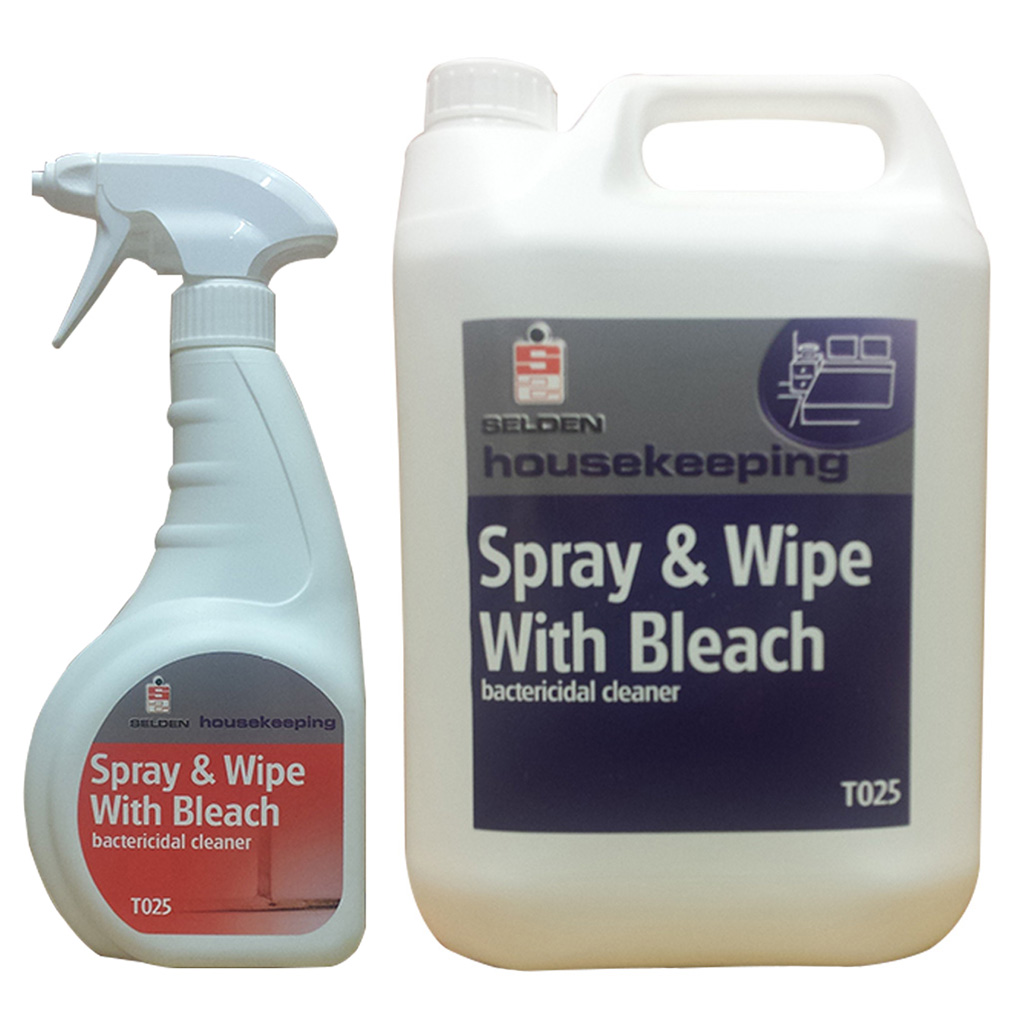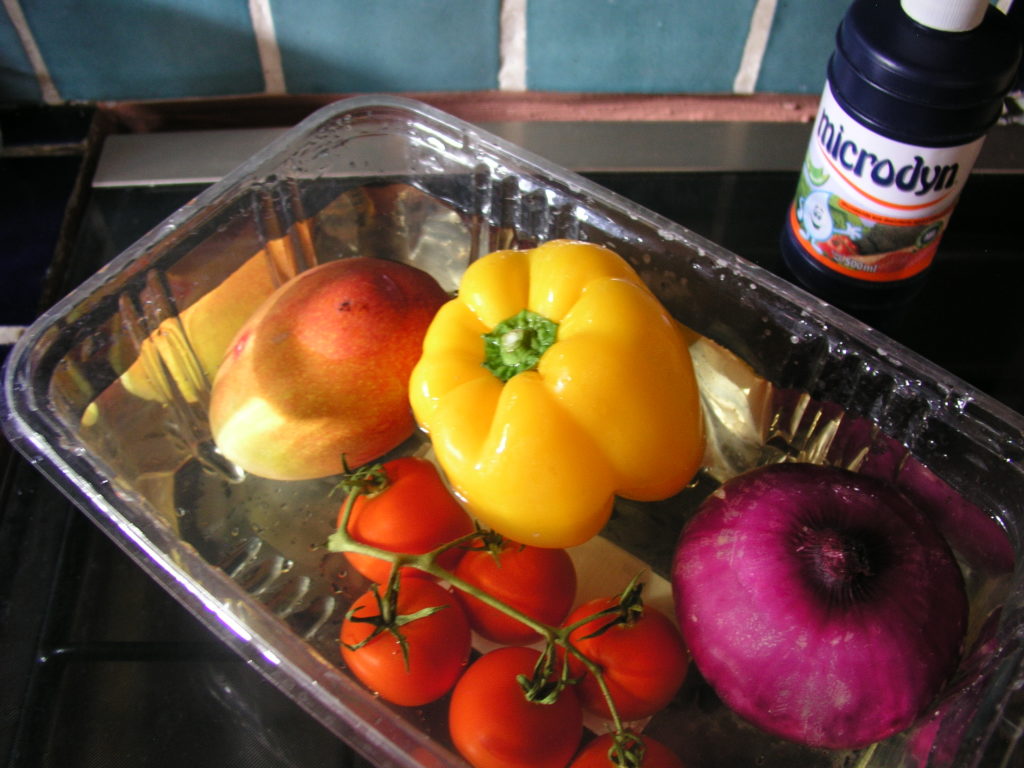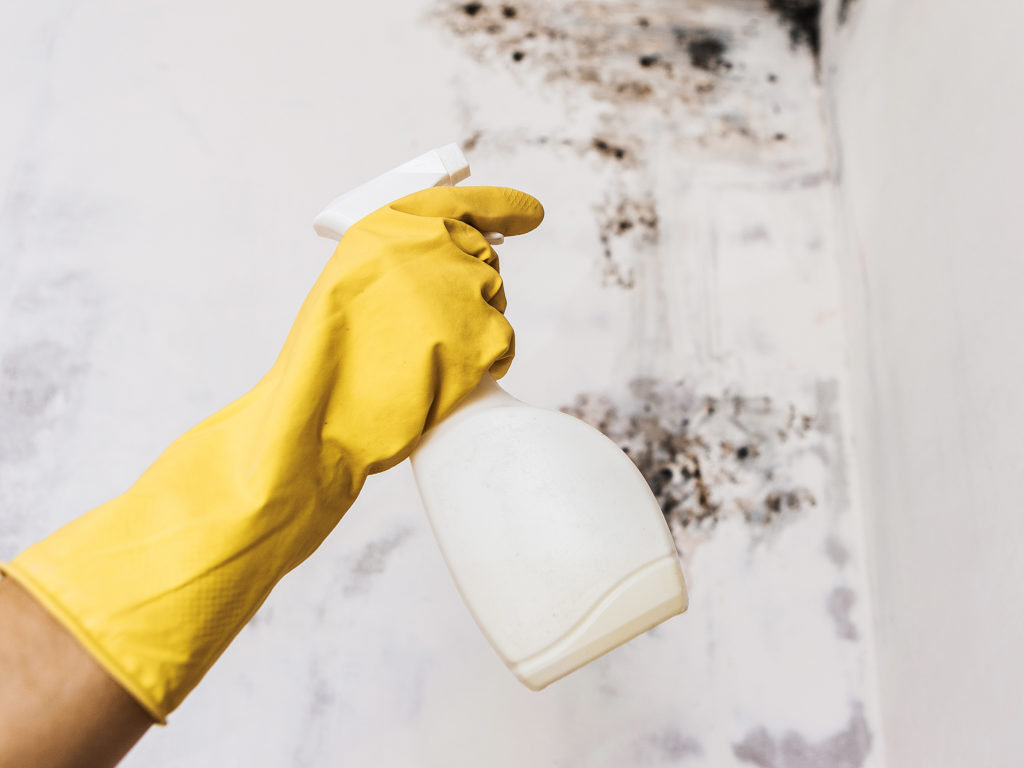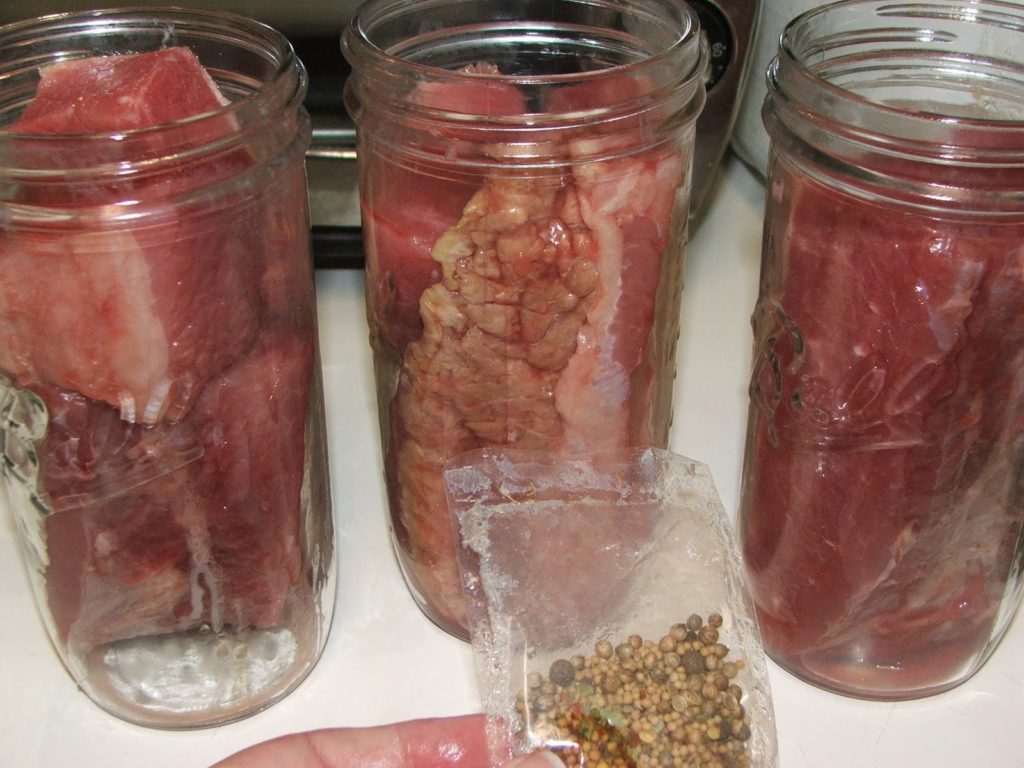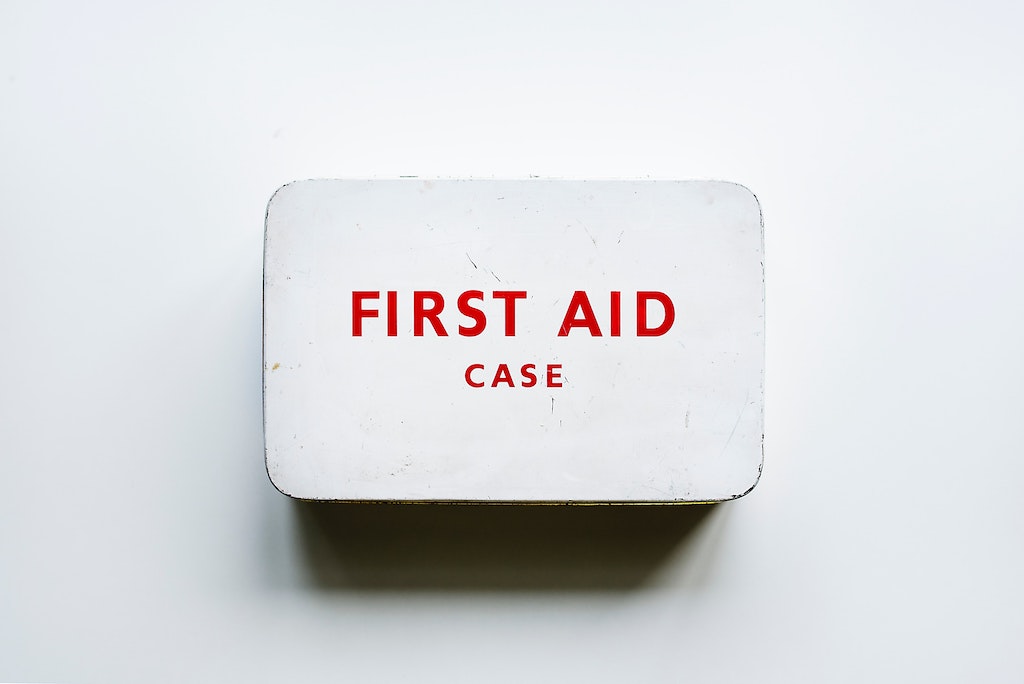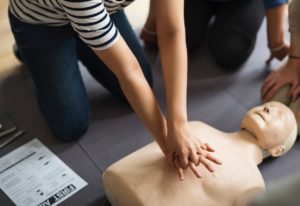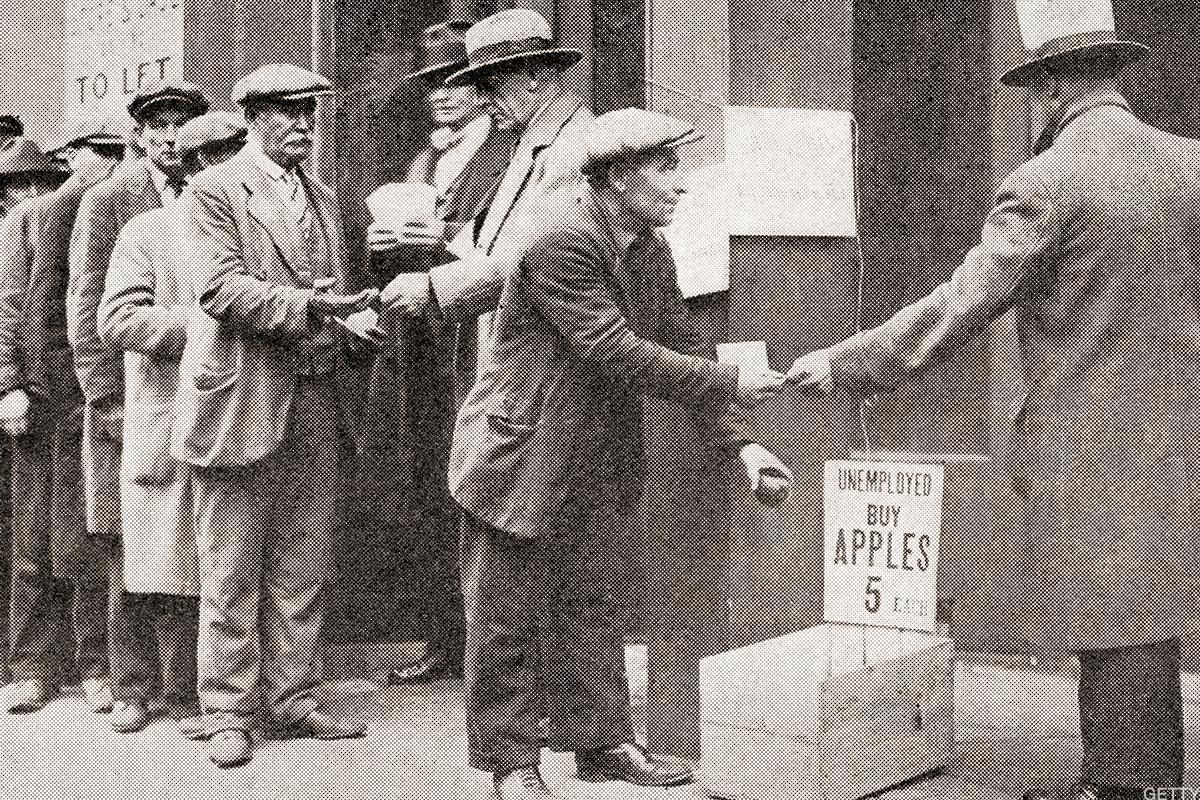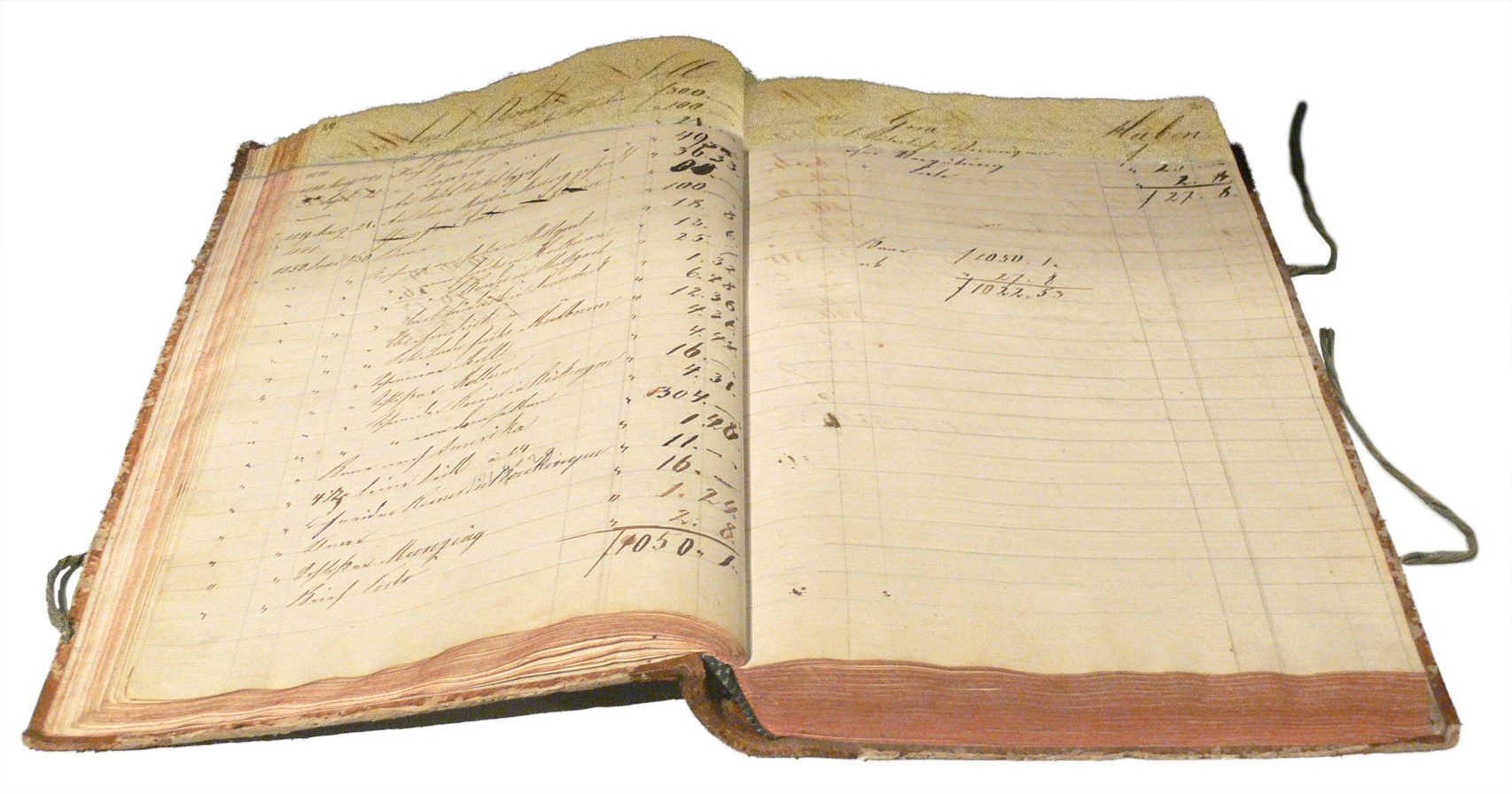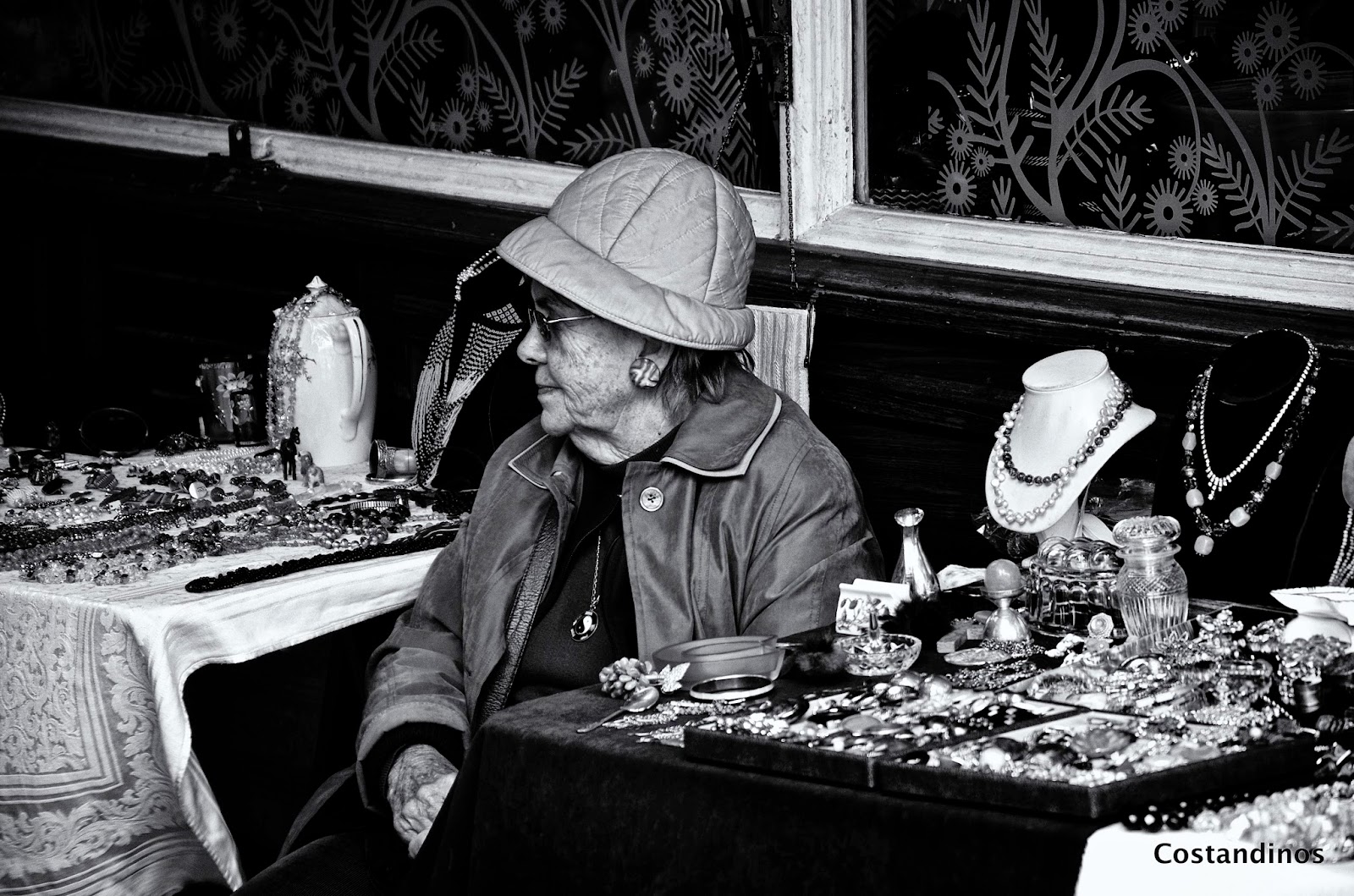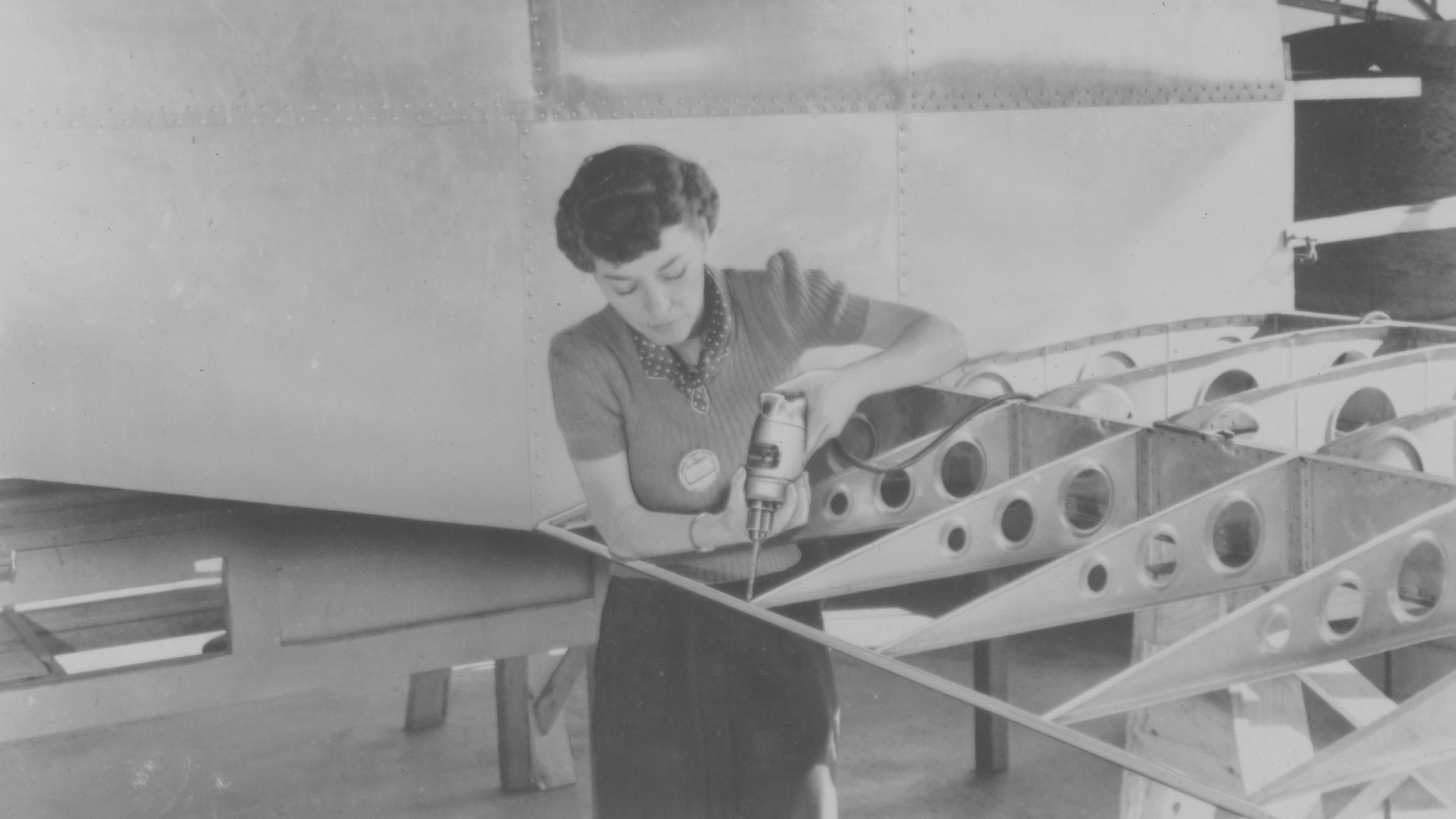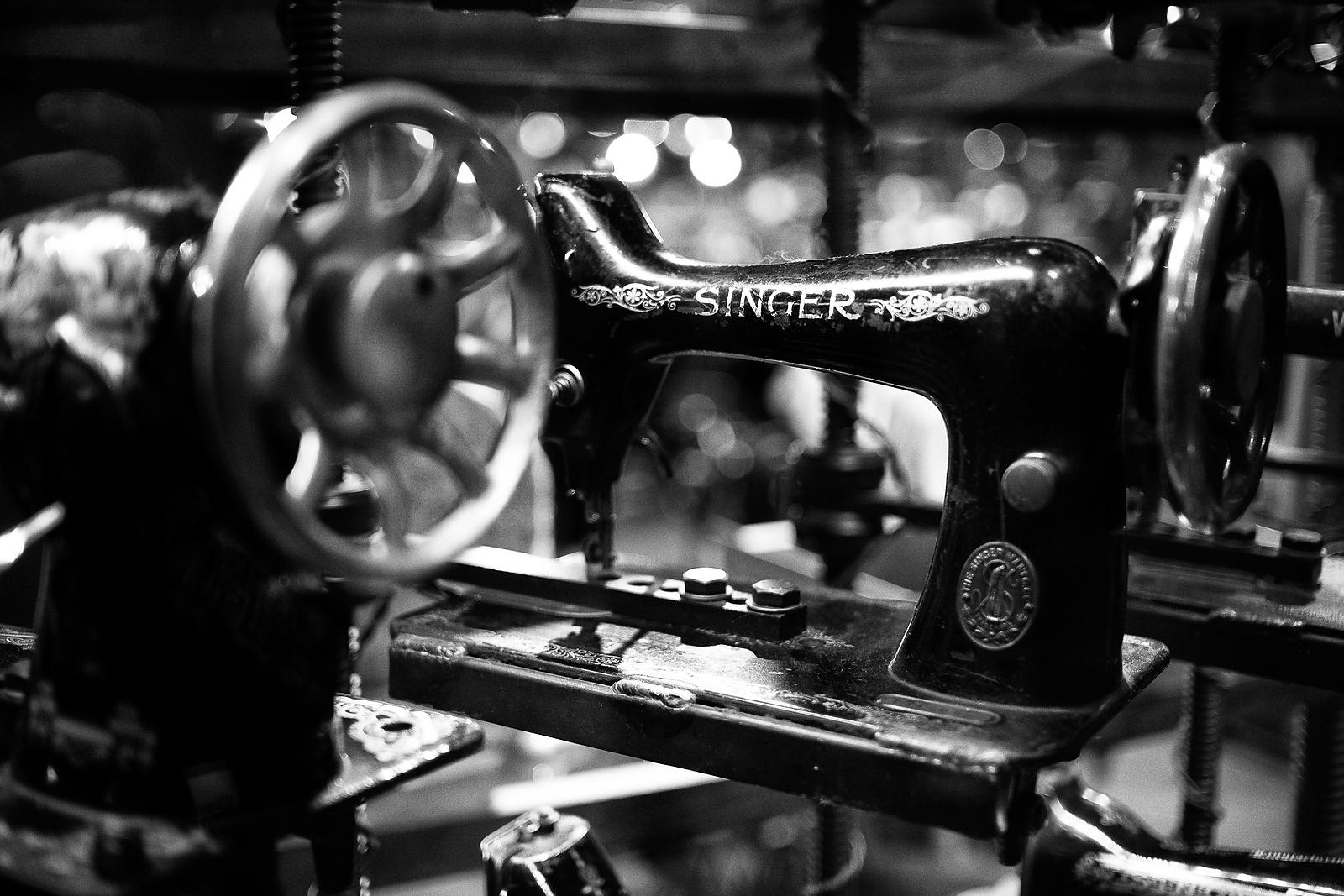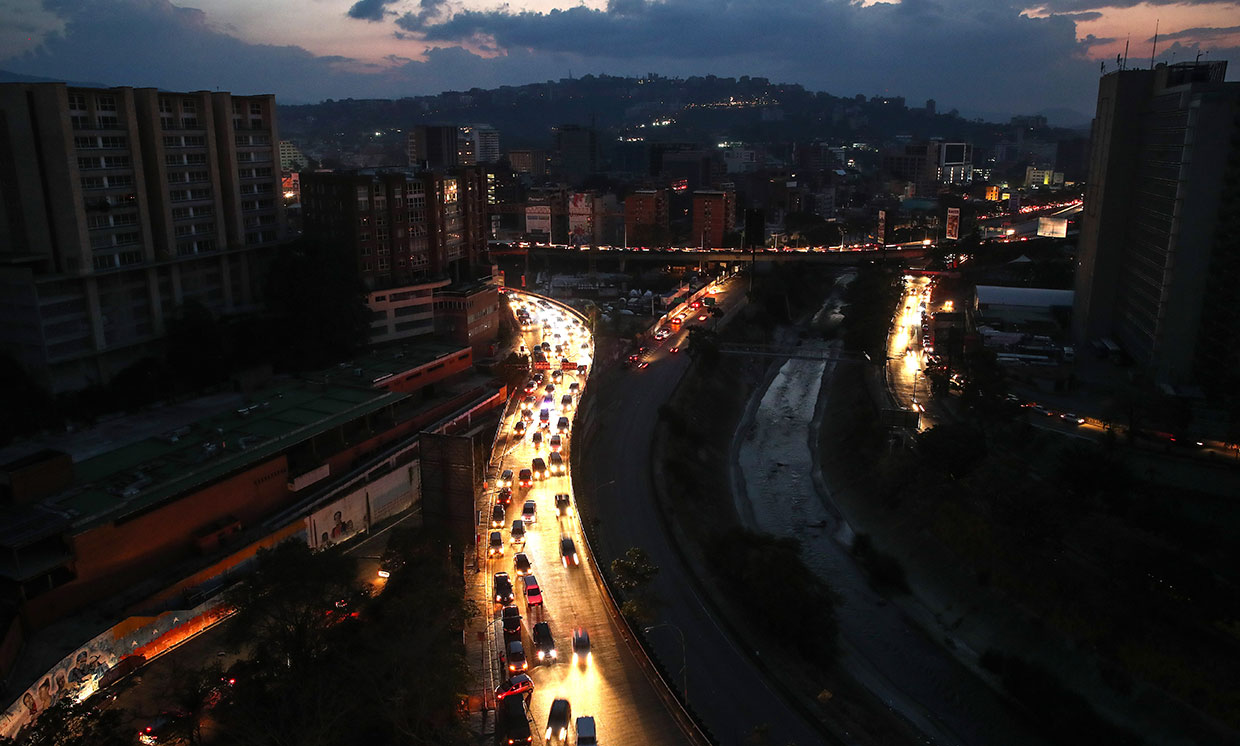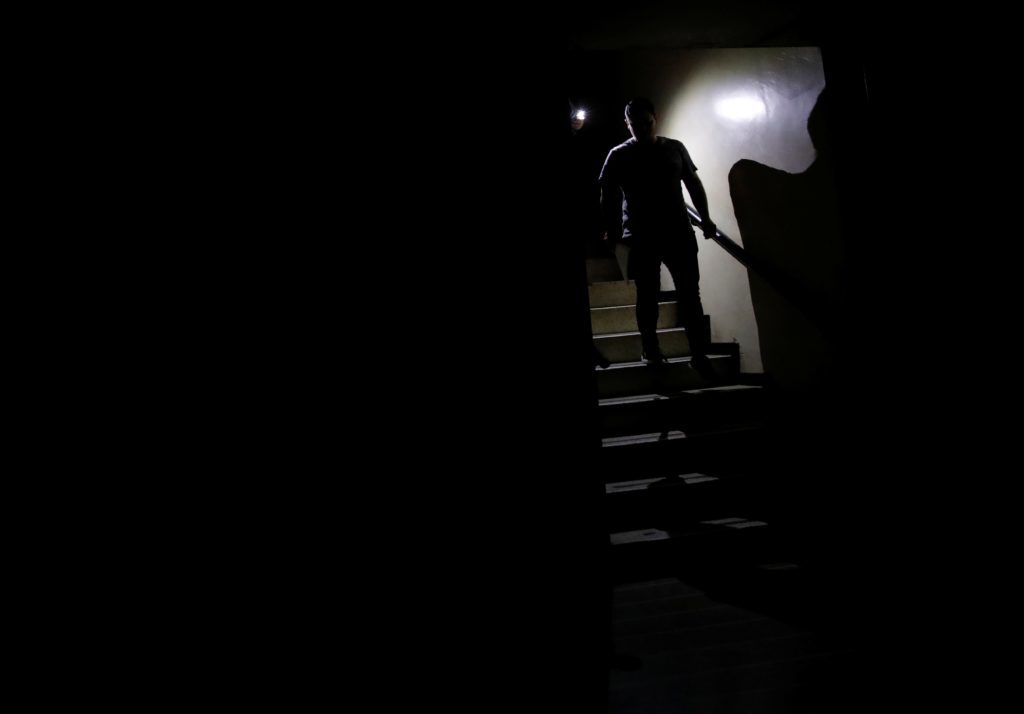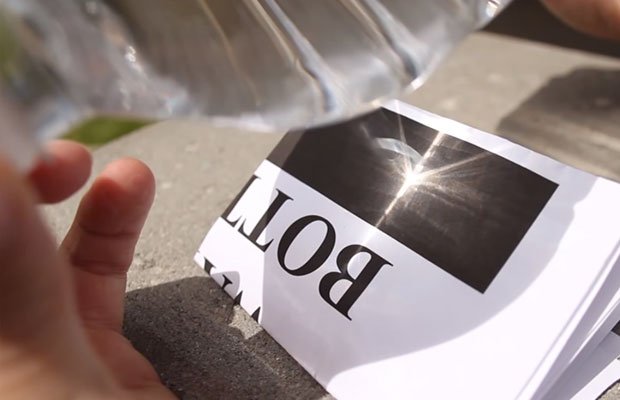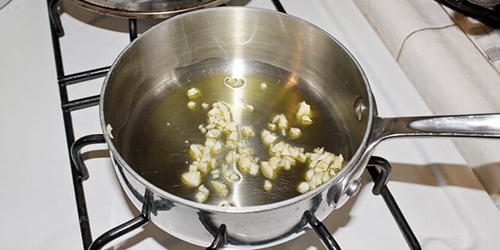10 Homesteading uses for Vinegar and How to Make Your Own
For those who live a self-sufficient lifestyle whether it’s on a 50-acre homestead or a ¼ acre urban homestead, efficiency is very important. Storage space is a perennial issue for those who prepare and those who homestead.
The more multiuse items you store at home the better it is going to be for that limited storage space. We are all fighting storage issues, income issues and maybe even family issues when it comes to getting prepared.
There are several multi-use items that can be stockpiled in your home. The cheapest and most effective must be vinegar. There is nothing that you can create yourself that does as much as vinegar. From personal ailments to disinfection and even food preparation, vinegar is a core item for self-reliance.
10 Ways to Use Vinegar for Self Sufficiency
To quantify how effective vinegar can be for you in disaster and everyday life, let’s look at 10 powerful uses for vinegar.
- Cleaning
We could never store all the cleaners that we use on a weekly basis in quantities that would be effective for long term disaster or self-sufficiency. Instead, you can dilute and fortify vinegar to become the base of many cleaners.
It can polish glass as well as disinfect.
- Pest Treatments
Vinegar can be used to affect pests both in your home and in your garden. It can be used to take care of fleas on dogs, catch gnats and it can be added to a spray for your garden.
- Pickling
Without any special gear, tools or even fuel, you can turn fresh food into preserved food with vinegar. Of course, a little sugar and some onion might make it even better, some salt would help. However, just vinegar will pickle foods and extend their life.
- Kill Moss and Weeds
You can take care of bothersome moss and weeds by spraying them with vinegar.
- Soak for Rust Removal
Got tools and things that have rusted or rusted together. A few soaks in vinegar can deal with that trust. Just be sure to refresh the vinegar after 8, or so, hours.
- Sore Throat
Vinegar can help with a sore throat. You can use it with some salt as a great gargle.
- Digestion
For a long time, people drank things like balsamic vinegar after dinner as something that would help with digestion. The added acidity can help break down your food.
- Meat Marinade
On the culinary side of things, you can use vinegar as a meat marinade that will help break down tougher cuts of meat and impart flavor.
- Probiotic
If you use our method below to make your own vinegar you will have a raw apple cider vinegar that contains healthy probiotics to improve things like gut health.
- Tincture
While the most popular base for tincture is alcohol, you can create tinctures for healing and natural remedies with vinegar, as well.
DIY Raw Apple Cider Vinegar
Now that you see how effective this simple solution can be, its time to talk about making your own raw apple cider vinegar. The process is so simple that it’s hard to understand how we started buying the stuff at the supermarket.
You are going to need a handful of things for this DIY
- 3 apples
- 3 tsp raw sugar
- 1-quart mason jar
- Filtered water
The Process
- Chop your apples up and rinse them.
- Place them in the mason jar and sprinkle your sugar over them. Stir the mix a bit.
- Cover the mix with water and fill the jar to the top. This water is going to become the base of your vinegar.
- Cover with a paper towel or cheesecloth. Affix it with a rubber band. You want the mix to be able to breathe so don’t cover it completely with a mason jar lid.
- Place in a warm dark place, like a pantry, for three weeks. This environment will promote the fermentation that is necessary for this process to work.
- Strain the apples out of the liquid and place the liquid back in the pantry for 4 more weeks. Do not use too fine a strainer as you will want the sediment that has formed at the bottom of the jar.
- At this point, you can screw on that mason jar lid. You have made raw apple cider vinegar!
By adding more apples, more sugar, and more water you can make as much of this vinegar as you’d like. This raw apple cider vinegar will have sediment in the bottom and that sediment is called the mother. This is where the probiotic benefits come from.
Do not strain out that mother as this is the most beneficial part of the whole process.
Build a Powerful Stockpile for Disaster
Vinegar is just one example of the many items that you can store in your stockpile. If you are prepping for disaster or just managing a homestead, the things you have on hand could, one day, become the only things you have!
There are many other multiuse items out there. Do you know any other? There is an extensive list of items to stockpile in The Doomsday Book Of Medicine. This extensive collection of base preparedness knowledge teaches you what to do when there’s no doctors or meds.
Start your stockpile of powerful multiuse items, like vinegar, and save time, space and money. The Doomsday Book Of Medicine can guide you on your path from start to finish.
For those who live a self-sufficient lifestyle whether its on a 50-acre homestead or a ¼ acre urban homestead, efficiency is very important. Storage space is a perennial issue for

